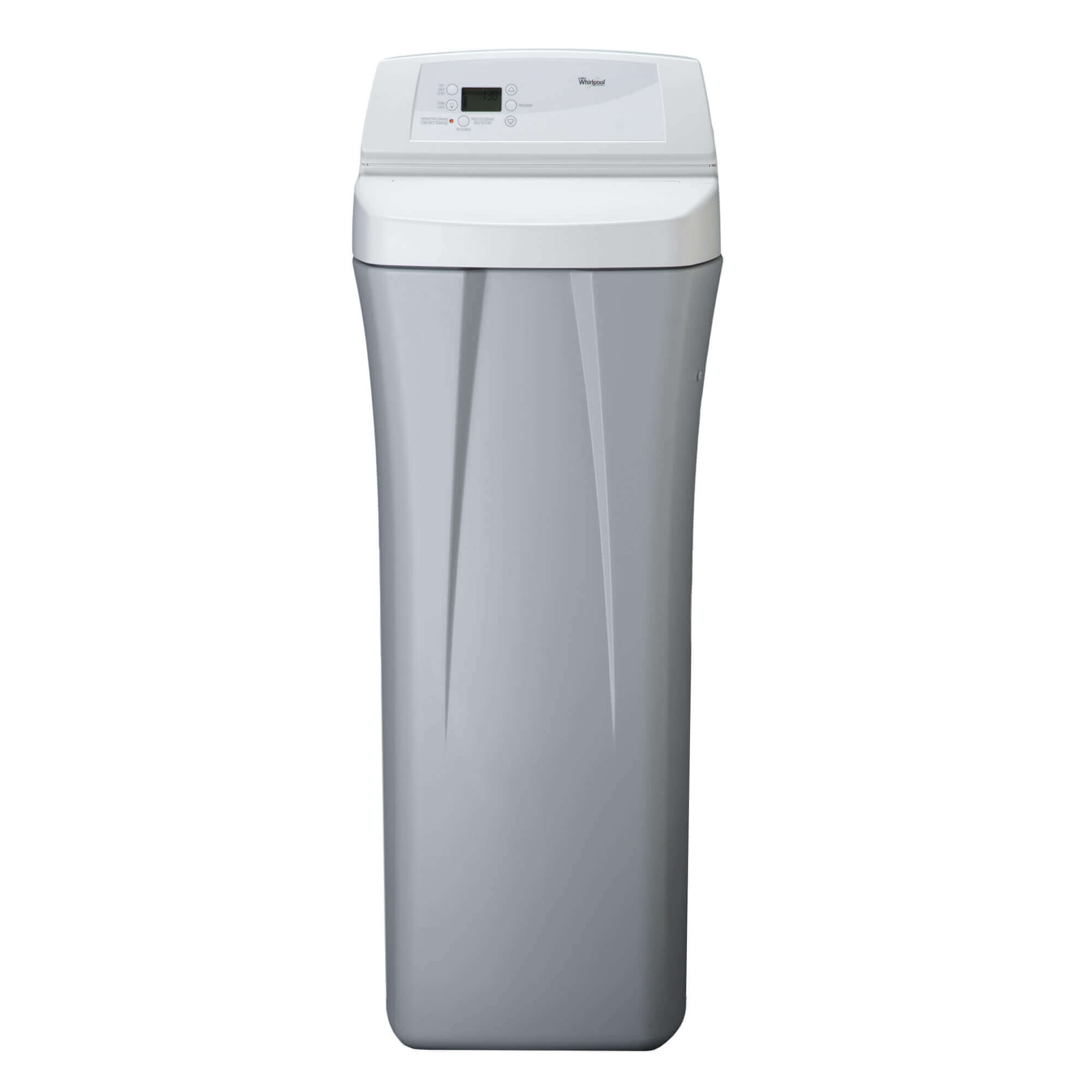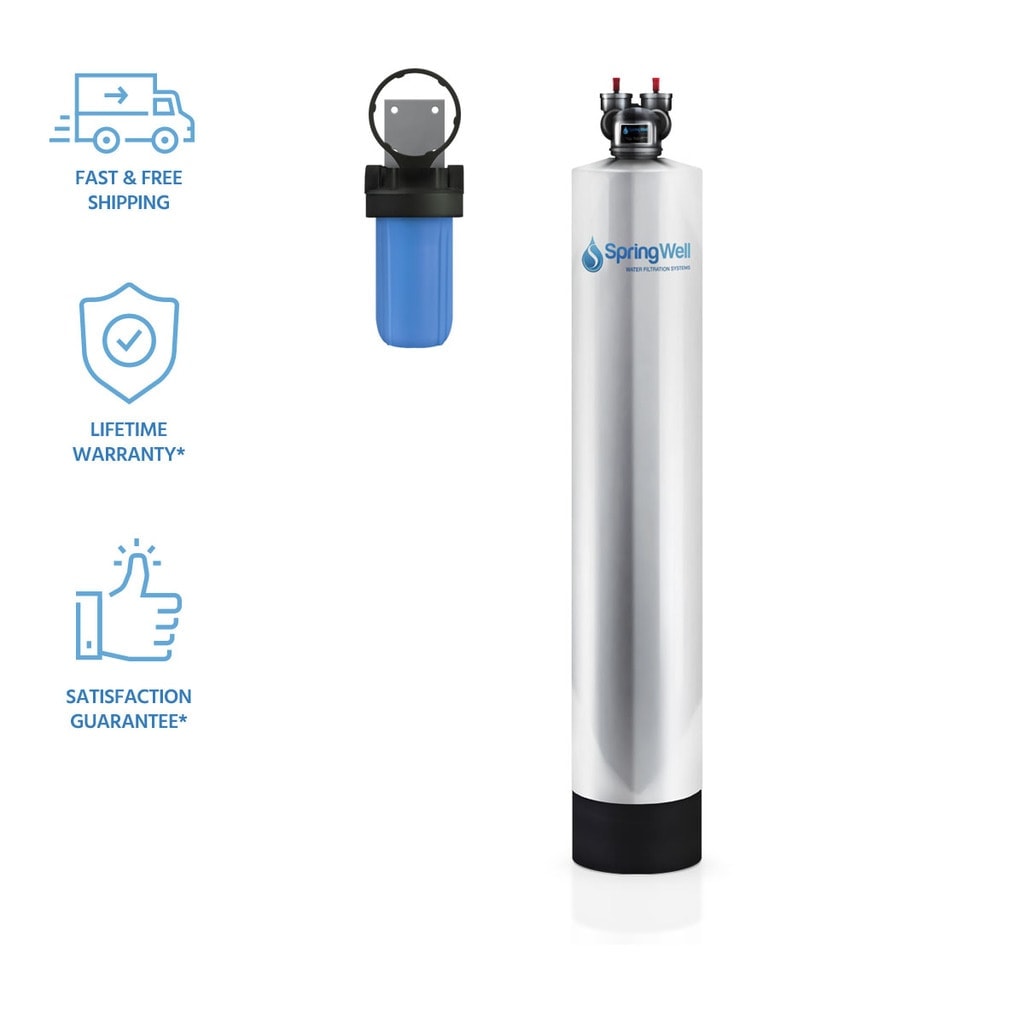Water Softener Grains Meaning

Sounds simple doesn t it.
Water softener grains meaning. Regenerating once a week also keeps the water consumption low. A water softener uses about 50 gallons when it regenerates. Let s say there are 10 grains in one aspirin. The grains capacity of a softener is the weight of calcium and magnesium hardness compounds that can be removed from the water before the softener is saturated and must be regenerated.
The internet is littered with websites selling 24 000 32 000 48 000 64 000 grain water softeners. Soft water is considered to have less than 1 gpg. Less frequent regenerations is a great benefit in the long run because it means less salt is used and less money spent. The rated capacity of a softener is the maximum number of grains of water hardness the unit can remove prior to regeneration.
This is measured by using one grain 65 milligrams of calcium carbonate dissolved in a liter of water. Plus if your water contains iron you will need to add some additional hardness to it. What does this mean. As a reference let s look at aspirin.
One gpg is equal to 17 1 mg l or 17 1 ppm. Contingent upon where a water test is performed this data will be. This range signifies the grain capacity of most water softeners available on the market. A grain of hardness is 1 7000th of a pound of dissolved calcium and magnesium.
Your municipal water supply may measure water hardness in milligrams mg liters l or parts per million ppm. A water softener advertised as a 32 000 grain system should be able to remove 32 000 grains of hardness before it requires regeneration right. If we included a 30 000 grain capacity water softener in doc viewer. Water softener hardness settings first of all let s have a brief overview of what hardness setting means.
Hard water is anything greater than 7 gpg. A grain is defined as approximately 65mg about the weight of a cereal grain such as wheat or rye. There are however. What does the grain capacity of a water softener mean.
One grain of hardness is equal to 1 7 000 pound of rock. One grain per gallon gpg is equivalent to 17 14 parts per million ppm. Grains per gallon or gpg is the unit used to measure the hardness of water. When it s dissolved into a gallon of water it s reported as 10 grains per gallon.
What if i were to tell you a water softener that s advertised with a 32 000 grain capacity isn t actually that at all. This is where widespread incorrect information found on the internet and elsewhere can hide. Water softener prices an overview. So what size of water softener offers 21 000 grains of total softening capacity.
Water softeners are a type of ion exchange technology. The hardness of water is measured in grains per gallon gpg. Ions of calcium and magnesium aka hardness are grabbed onto by the water softener and exchanged for ions of sodium. Over the life range of the water softener this means huge cost reserve funds and simplicity of proprietorship.
This is the measure of the amount of calcium and magnesium dissolved in your water. How to select a water softener water quality association how to select a water softener 30 000 grains and up meaning they ll require less frequent regeneration. As mentioned above the capacity of a water softener describes how much hardness it can remove before it needs to regenerate. Water hardness scale chart.
The hardness on the softener head settings panel is determined by the number of grains per gallon of water gpg. How is the hardness of water measured.














































